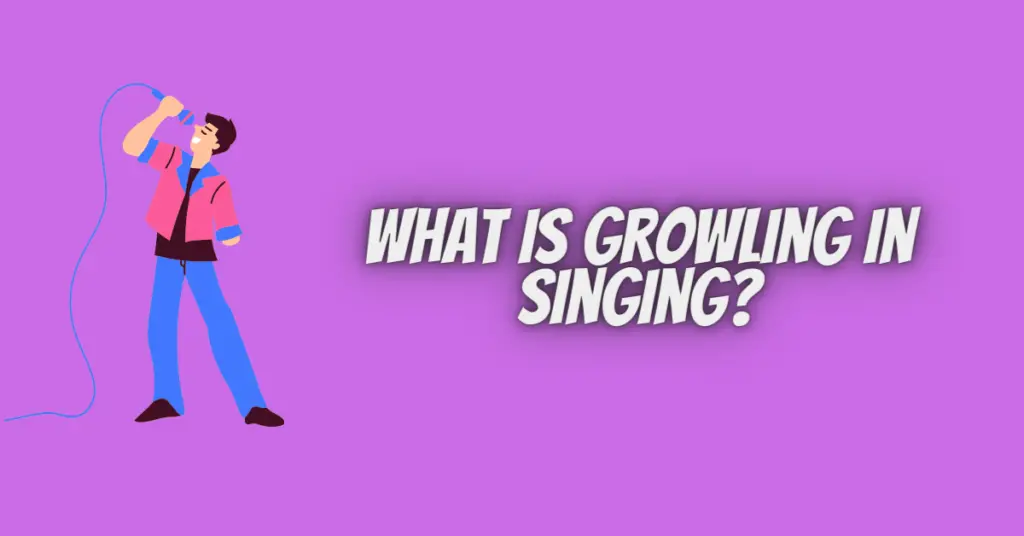In the vast realm of vocal techniques, growling in singing stands out as a captivating and expressive art form. It’s a technique that has been embraced by various musical genres, from rock and metal to blues and jazz. Often associated with intensity and raw emotion, growling adds a distinctive texture to a singer’s voice. This article explores the fascinating world of growling in singing, shedding light on what it is and how it’s achieved.
Understanding Growling in Singing
Growling is a vocal effect where singers produce a deep, guttural sound similar to a low growl, often likened to the sound made by a growling animal. It involves manipulating the vocal cords and resonance to create a gravelly, raspy, or distorted tone. When done effectively, growling can evoke a sense of power, aggression, or even vulnerability, depending on the context of the song.
Techniques Behind Growling
Growling in singing involves a combination of vocal fry, distortion, and controlled airflow. Vocal fry is a vocal register characterized by a low, creaky sound produced by vibrating the vocal folds irregularly. Distortion, on the other hand, involves manipulating the airflow and resonance to create a gritty sound. Singers often achieve growling by using a combination of these techniques, experimenting with their diaphragm control and mouth shape to achieve the desired effect.
Genres and Artists Embracing Growling
Growling in singing is prominently featured in genres like heavy metal, rock, blues, and certain subgenres of jazz. Many iconic artists have incorporated growling into their performances, adding a raw and intense dimension to their music. Vocalists like Chris Cornell, Janis Joplin, and Chester Bennington are renowned for their powerful growling abilities, showcasing the versatility of this technique across different musical styles.
Emotional Expression through Growling
One of the significant appeals of growling in singing is its ability to convey intense emotions. Growling can add a layer of authenticity and depth to lyrics, making them more relatable and impactful. Whether expressing anger, pain, or passion, the unique texture of growling enhances the emotional resonance of a song, allowing listeners to connect with the music on a profound level.
Challenges and Vocal Health
While growling can be a powerful tool for singers, it’s essential to approach it with caution. Performing growls incorrectly or excessively can strain the vocal cords and lead to vocal fatigue or damage. Proper vocal training, warm-ups, and vocal care are crucial for singers who wish to incorporate growling into their repertoire safely. Working with experienced vocal coaches can help singers develop and refine their growling technique while ensuring vocal health and longevity.
Conclusion
Growling in singing is a testament to the diverse and creative ways artists express themselves through music. With its ability to convey intense emotions and add a unique texture to vocal performances, growling continues to captivate audiences and inspire singers across genres. As singers explore the boundaries of their vocal abilities, growling remains a fascinating and dynamic technique, enriching the musical landscape with its raw and visceral appeal.


